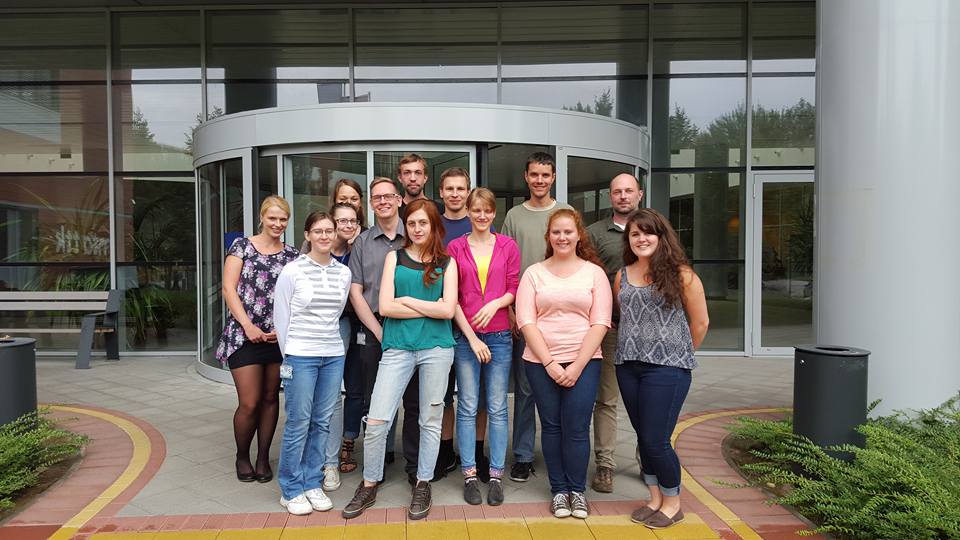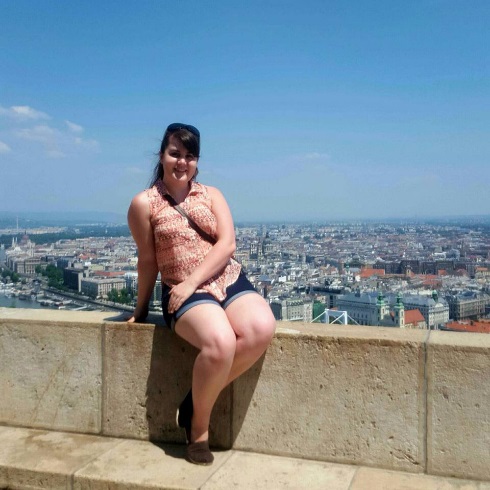Students get research experiences outside of JMU
NewsSeveral JMU chemistry and biophysical chemistry majors had opportunites to perform research at a varierty of institutions (academic, industrial and government) outside of their home institution over the summer of 2015. Their experiences are varied and truly display the types of research opportunities available to our students. Their stories are below and written in their own words.
Daniel Marzolf ('18)
Aidan McKenzie and I worked at Argonne National Laboratory in Lemont, IL to characterize single cysteine mutations and double mutations of PpcA labeled with ruthenium bipyridine and to characterize multimerization of proteins in water soluble porphyrins. We did this using their laboratory facilities to isolate and purify our mutations as well as their Advanced Photon Source to collect small angle X-ray scattering data and their laser systems at the Center for Nanoscale Materials to collect charge transfer rates using ultra-fast time resolved spectroscopy. I was able to go because of my continuing work with Dr. Kokhan with these mutations. The lab experience there was incredible; the reagents and equipment they had floored me (especially because I was a rising sophomore, so I hadn't seen some of these techniques and equipment pieces before). Chicago was also always a blast and we went there almost every weekend to unwind from the work week.
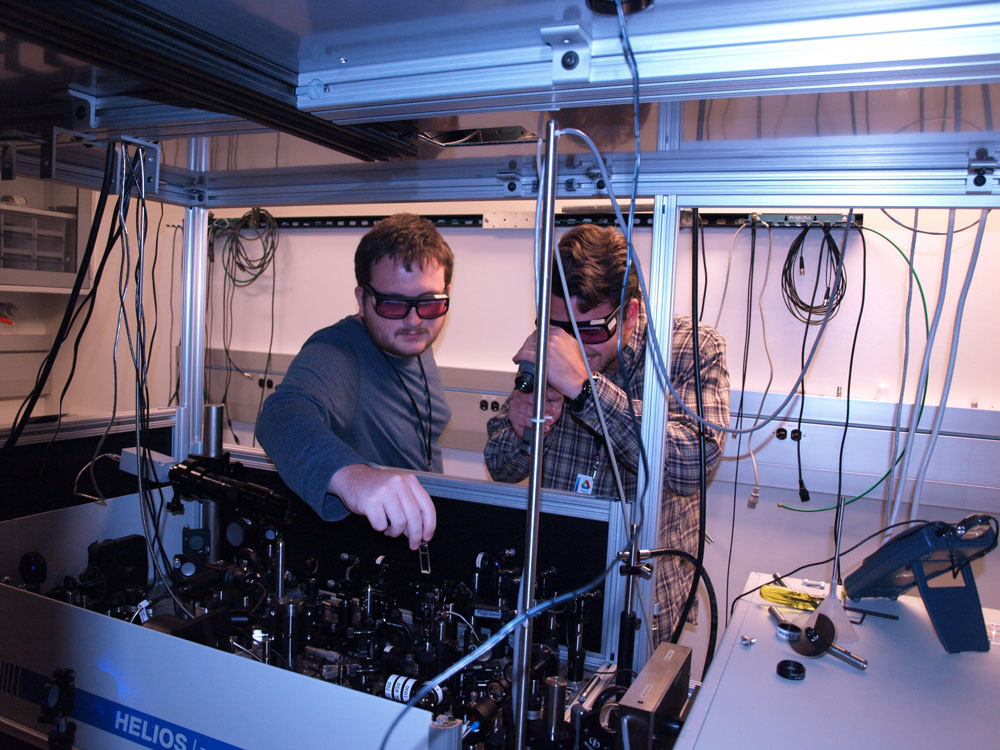
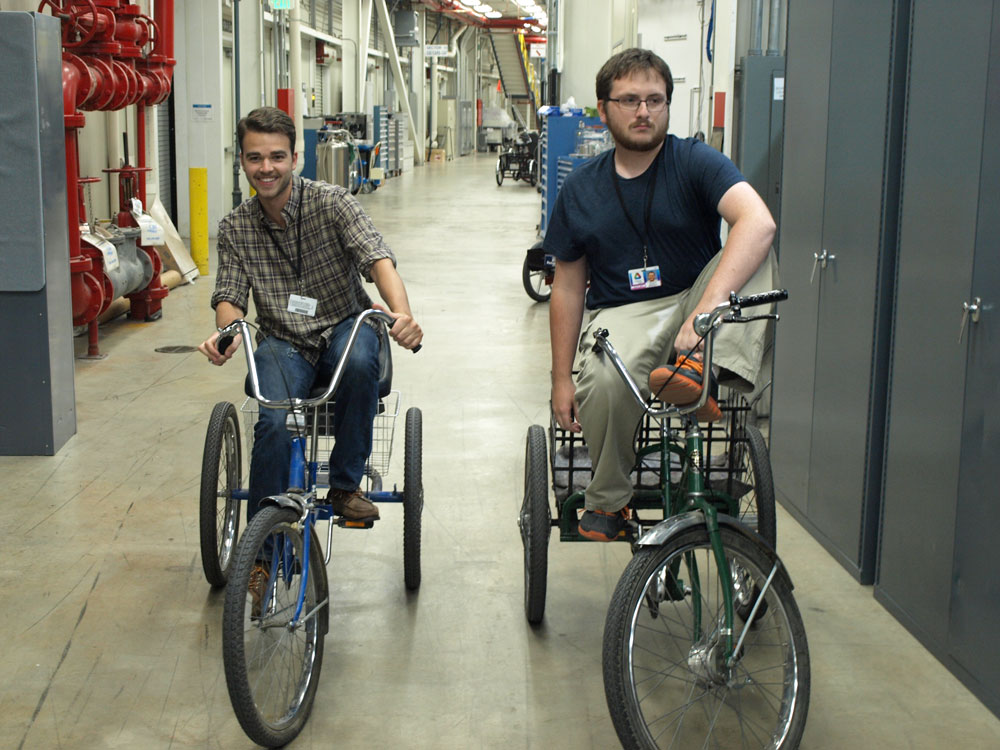
Aidan McKenzie ('16)
I worked with Daniel Marzolf under Dr. Kokhan in the Solar Conversion Group at Argonne National Laboratory. We worked with a c-type cytochrome, called PpcA, which is capable of electron transfer via its three heme groups. We started by inducing cysteine mutations throughout its sequence and covalently attaching a photosensitizer to those cysteines. We were then able to excite an electron on the photosensitizer, which transferred to a nearby heme, and transferred back to the photosensitizer in the picosecond time range. HPLC-MS was utilized in conjunction with SAXS/WAXS measurements to ensure the presence of cysteine mutations, photosenzitizer labeling, and correct globular protein folding. Finally, transient absorbance spectroscopy was collected on labeled PpcA mutants to establish a relationship between photosensitizer-heme distance and electron transfer rate.
The process to participate required a relatively standard application from both Daniel and me. Dr. Kokhan's process was more intensive and required him to submit a grant with our group leader as a co-PI. Daniel and I were provided with housing on-site, which was located a short distance from our work space. Overall, the experience was very rewarding. We were able to use some of the most advanced instrumentation in the world while being surrounded by some of the most brilliant people in the world.
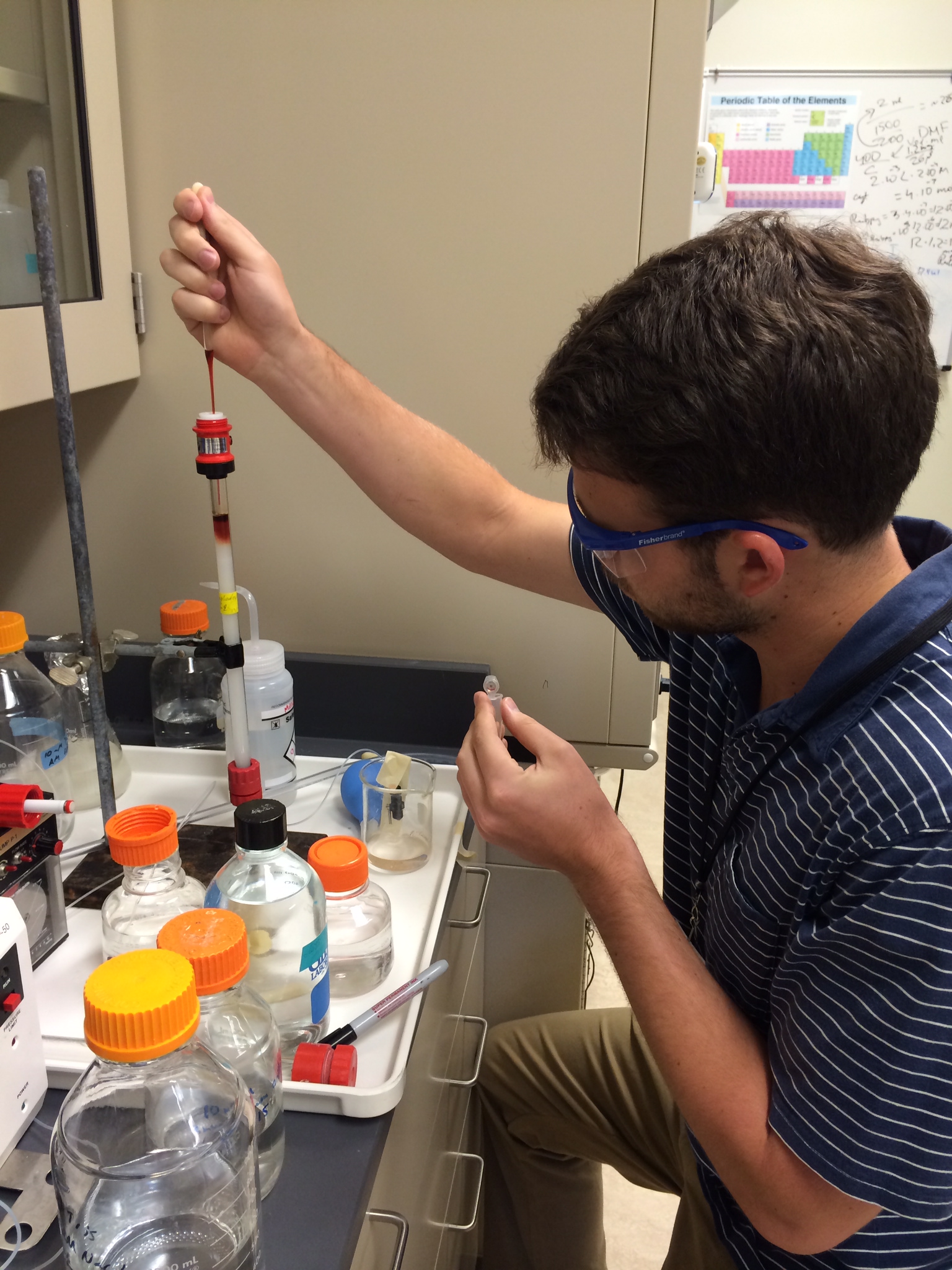
Ruth Menger ('16)
This past summer I interned at Merck & Co., in Elkton, VA which falls under the Merck Manufacturing Division. I had gotten connected to Merck by someone at my church in addition to Dan Nardi who had contacted me through Dr. Amenta. Dan is JMU grad and a former employee at Merck who was looking to establish a connection between JMU and Merck. After being accepted to the internship program, I was placed in the Quality Operations department. My project was performing method verification for an updated USP Compendial method for determining the limit of ammonia in sodium bicarbonate by ion chromatography. I had an existing method detailing the process and instrument settings but I transferred the method from an ion chromatograph to a liquid chromatography system from a different vendor to avoid the validation of a whole new system and software. This process involved optimizing parameters like temperature, flow, and injection volume to achieve certain suitability requirements of resolution, signal:noise, and tailing factor in addition to troubleshooting the instrument itself and preparing the protocol paperwork.
Aside from my project, the other interns and I met with the senior leadership to learn about the various types of products that the Elkton site produces and how it functions as a site within the larger Merck company and the pharmaceutical industry. They took us on factory tours where we were able to see the products. It was pretty incredible seeing all of the equipment that we use in the lab scaled-up to be able to produce hundreds of kilograms of product. For example, columns for purification have diameters of 2-3 feet instead of a few millimeters. The experience was very different from anything I'd done prior, having only been in small-scale research labs before. I got a much more comprehensive idea of the drug development process and how much time, money, and care is put into it.
Emily Todd ('16)
I spent two months working at the Hebrew University School of Medicine in the Biochemistry and Molecular Biology Department at the Hadassah Medical Center in Jerusalem, Israel. I was funded through a grant with the US-Israel Binational Science Foundation jointly awarded to JMU faculty member Dr. Chris Berndsen and his collaborator Dr. Reuven Wiener. I worked closely with Dr. Wiener investigating the mechanism of ubiquitin conjugating pathway, a post-translational modification pathway that controls human cellular processes such as protein degradation, cell cycle division, and transcription. I worked with various enzymes in this pathway to design and implement experiments to understand which amino acids in these enzymes are necessary for catalysis. These experiments included protein purification, mutagenesis, and enzyme kinetics.
In my two months in Israel, I traveled all over on the weekends- the Tel Aviv, Judean Desert, West Bank, Dead Sea and Masada at the Jordanian border, and northern Israel including Haifa and the Lebanese border. One of the hardest things I had to get used to was the language barrier. In the lab, Hebrew and Arabic were mostly used, and broken English was only spoken when speaking to the American. It took me at least 20 minutes to understand how to use the microwaves in both my apartment and the lab since all the buttons were in Hebrew. I was able to gain incredible memories relating to the region and its people all while being exposed to new techniques in molecular biology.
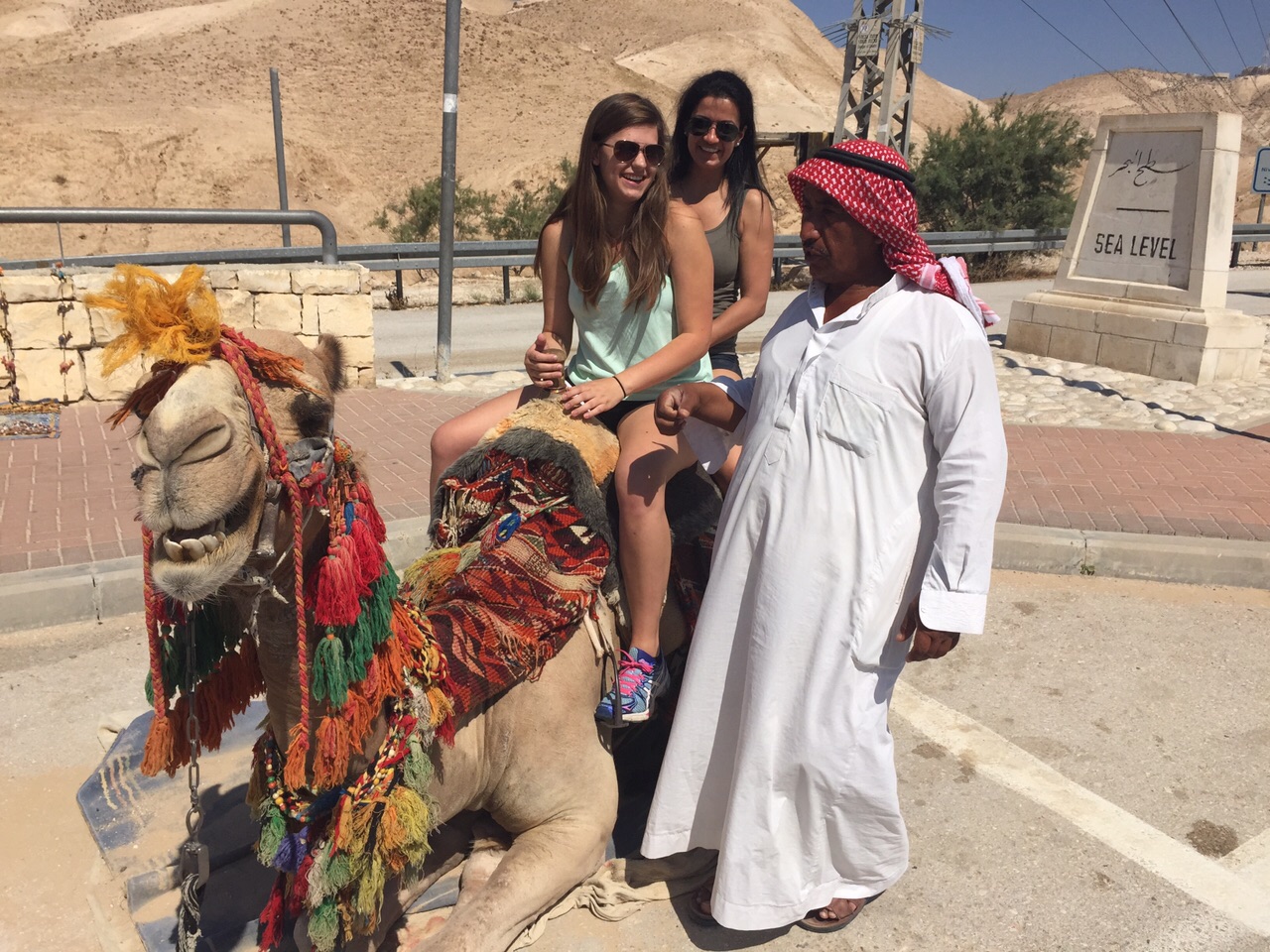
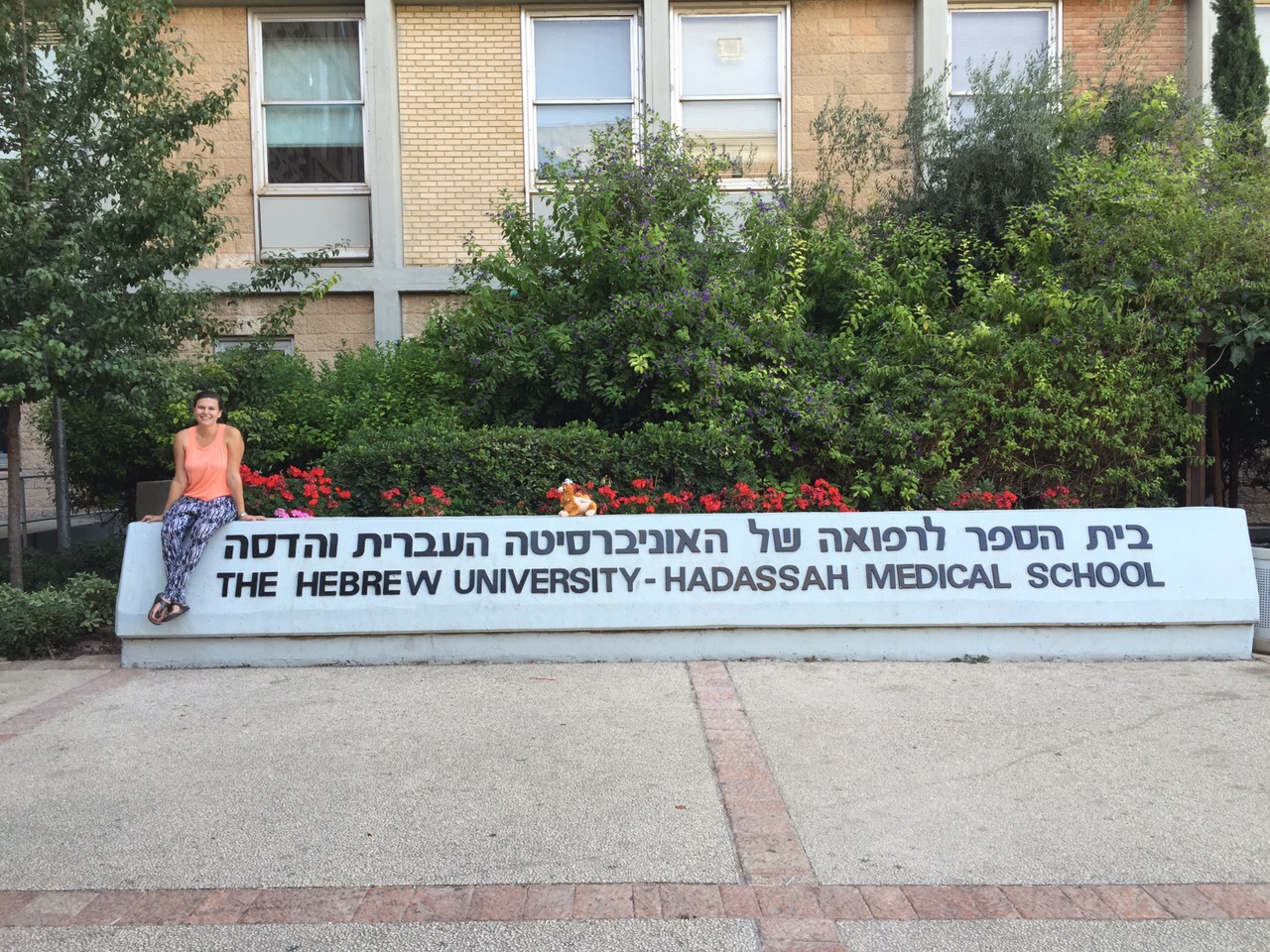
Brenna Walsh ('16)
During the summer of 2015 I was in the beautiful city of Budapest, Hungary completing research at Eötvös Loránd University. More specifically, I was a part of Dr. Péter Kele’s group at the Research Centre for Natural Sciences of the Hungarian Academy of Sciences. This program was funded by the National Science Foundation through a grant awarded to Dr. Timothy Peelen of Lebanon Valley College in Annville, Pennsylvania. I met Dr. Peelen at an undergraduate research symposium where he told me about his upcoming opportunity and a couple months later I was informed that I was one of four students accepted to his program. The program consisted of a 2 week orientation at Lebanon Valley College to learn more about Hungary and what to anticipate while living abroad. The next 8 weeks were spent in Budapest completing research full time. I worked on synthesizing a novel tetrazine organic molecule for its use as a fluorescent probe in imaging. Although I was unsuccessful at synthesizing my target molecule, I was able to make a lot of progress on developing its synthesis in a very short time period that will be used as the project continues. Overall, I could not have asked for a more rewarding experience that was truly a once in a lifetime opportunity. I was able to travel outside of the United States for the first time and visit several countries other than Hungary as well as attend an Eastern European chemistry conference. I was able to meet and make connections with incredible people while abroad and make friendships that are going to last a lifetime. This experience has opened my eyes to the wonderful world that I cannot wait to continue to explore.
